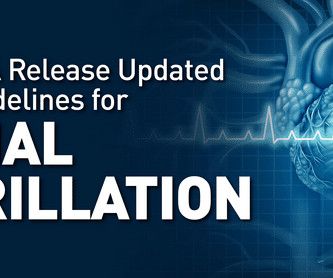PO-02-080 DIRECT-FROM-ECG APNEA-HYPOPNEA INDEX (AHI) FOR IMPROVING AFIB AND OBSTRUCTIVE SLEEP APNEA PATIENT OUTCOMES
HeartRhythm
APRIL 30, 2024
Nearly 50% of patients with AFib have comorbid obstructive sleep apnea (OSA), and 75% of OSA patients report some form of arrhythmia. Untreated OSA increases likelihood of poor outcomes for AFib patients including failed treatment, heart failure, and sudden cardiac death.












Let's personalize your content